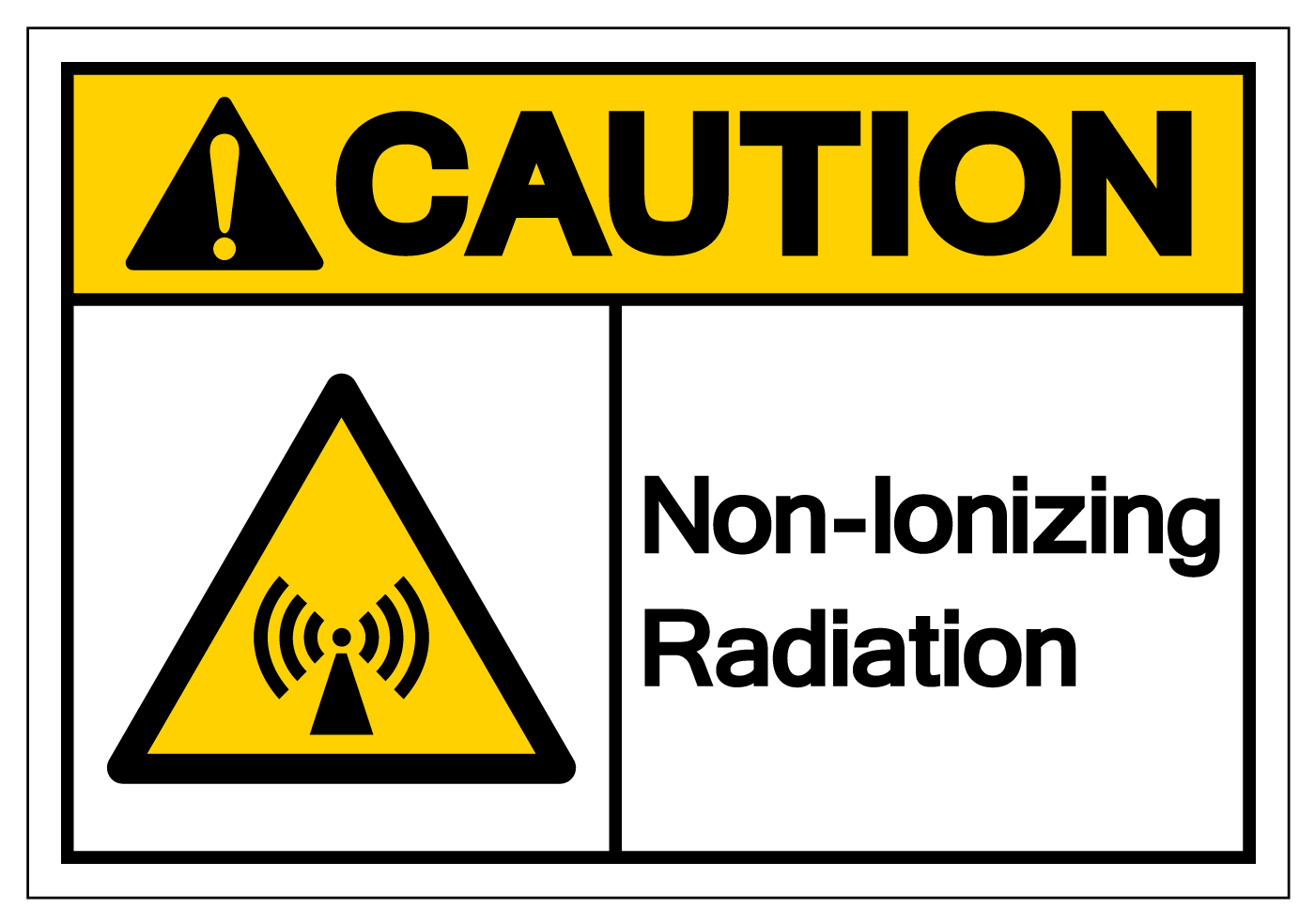The US federal Occupational Safety and Health Administration (OSHA) regulates workplace exposures to radiation, in two separate standards that distinguish between “non-ionizing” and “ionizing” radiation. OSHA’s Non-ionizing Radiation Standard (29 CFR 1910.97) addresses workplace exposures to electromagnetic waves from radio and microwave sources. OSHA has established radioactive exposure levels intended to protect exposed employees, and requires placarding to inform those who enter areas bathed in non-ionizing radiation.
Read MoreAudit, Compliance and Risk Blog
Tags: Health & Safety, OSHA, Safety and Health at Work, radiation
The US federal Occupational Safety and Health Administration (OSHA) regulations specify the formats of workplace warning signs and tags to alert workers to the presence of a variety of physical and health hazards. OSHA’s Accident Prevention Signs and Tags Standard (29 CFR 1910.145) specifies wording, colors, shapes—even requiring sign corners to be rounded off. OSHA sets up a hierarchy of hazards, and associated warnings. In addition, many of OSHA’s targeted standards include specific requirements for signs and tags.
Read MoreTags: Health & Safety, OSHA, workplace safety, safety violations, Warning Signs
The US federal Occupational Safety and Health Administration (OSHA) has published its annual list of the “Top 10 Most Frequently Cited Standards” for fiscal year (FY) 2021. The tabulation covers October 1, 2020 through September 30, 2021; OSHA delays its annual publication to allow time for inspections during a fiscal year to produce citations if appropriate. (I wrote about OSHA inspection procedures and priorities HERE). The remainder of this note summarizes the new list.
Read MoreTags: Health & Safety, OSHA, Workplace violence, violations, safety violations
California continues temporary requirements for COVID vaccination and testing
Posted by Jon Elliott on Mon, Jun 06, 2022
As public and occupational health agencies around the world continuously reevaluating their responses to the developing COVID-19 pandemic, California has again weighed in on the side of continuing formal controls. Effective May 5, 2022, California has revised and extended its COVID-19 Prevention Emergency Temporary Standard (ETS) until January 1, 2023. (I wrote about the most recent previous iteration adopted in February HERE). The ETS is presented as 5 rules, which are administered by California’s Division of Occupational Safety and Health (DOSH, but universally called Cal/OSHA). The remainder of this note summarizes these revised standards, which appear in Title 8 of the California Code of Regulations (CCR):
Read MoreTags: Health & Safety, OSHA, Safety and Health at Work, Covid-19, workplace safety, California, Vaccination, Healthcare
OSHA launches National Emphasis Program to address workplace heat hazards
Posted by Jon Elliott on Tue, May 24, 2022
On April 8, 2022, the US federal Occupational Safety and Health Administration (OSHA) established a National Emphasis Program (NEP) to focus enforcement resources on “Outdoor and Indoor Heat-Related Hazards.” The NEP is OSHA’s latest step to manage and reduce heat illness in workplaces. Earlier actions include “Inspection Guidance for Heat-Related Hazards” on September 1, 2021 (I wrote about it HERE), and an “advanced notice of proposed rulemaking (ANPRM)” on these topics issued on October 27, 2021 (which I wrote about HERE). The remainder of this note summarizes the NEP.
Read MoreTags: OSHA, workplace safety, Heat Wave, Heat
OSHA proposes to revise Injury and Illness reporting requirements
Posted by Jon Elliott on Mon, Apr 11, 2022
The Occupational Safety and Health Administration (OSHA) requires most employers with 10 or more employees at an “establishment” to prepare and maintain records of occupational injuries and illnesses (I&I) as they occur (I&I Logs). OSHA also requires employers to post an annual I&I Summary in each workplace “establishment” by February 1, summarizing that workplace’s I&Is during the previous calendar year. In addition, beginning in 2017 OSHA requires some employers to submit some of this I&I information electronically to the agency. (I wrote about the initial electronic reporting requirements HERE). On March 30 OSHA proposed to update and revise these electronic reporting requirements, which the remainder of this note summarizes.
Read More
Tags: Health & Safety, OSHA
California Injury and Illness Prevention Program requirements
Posted by Jon Elliott on Mon, Mar 14, 2022
Although the federal Occupational Safety and Health Administration (OSHA) only recommends that employers create comprehensive safety and health programs, California and a handful of other states require employers to do so. (I wrote about OSHA’s latest recommendations HERE). The remainder of this note summarizes California’s Injury and Illness Prevention Program (IIPP) requirements, which are administered by the state’s Division of Occupational Safety and Health (DOSH; known universally as Cal/OSHA).
Read MoreTags: Health & Safety, OSHA, Safety and Health at Work, workplace safety, California, Healthcare
According to the Occupational Safety and Health Administration (OSHA), half a million Americans work in “laboratories.” For more than 30 years, OSHA has administered its “Occupational exposure to hazardous chemicals in laboratories” standard – usually just called the Laboratory Standard – to protect employees “engaged in the laboratory use of hazardous chemicals” (29 CFR 1910.1450). The rest of this note discusses these requirements.
Read More
Tags: Health & Safety, OSHA, Hazard Communication
After more than 50 years, OSHA proposes newer and more flexible standards for forklifts
Posted by Jon Elliott on Mon, Feb 28, 2022
The Occupational Safety and Health Administration (OSHA) has proposed revisions to its Powered Industrial Trucks Standard – more often referred to as the “Forklift Standard” since those are the most common types (29 CFR section 1910.178 (general industry) and 1926.602 (construction)). OSHA first adopted the standard in 1971, and most recently revised it in 2017. However, as discussed below, OSHA has never updated the Standard’s principal technical standards during more than half a century. The remainder of this note summarizes the existing requirements, and identifies proposed revisions.
Read More
Tags: Health & Safety, OSHA
California continues temporary requirements for COVID vaccination and testing
Posted by Jon Elliott on Mon, Feb 07, 2022
Although the Occupational Safety and Health Administration (OSHA) has been forced by court action to convert its would-be “emergency temporary standard (ETS)” under which large employers would have been required to protect unvaccinated employees from COVID-19 infections into a proposal (I wrote about the initial ETS HERE), some states can and are moving ahead with similar requirements. Notably, California’s Division of Occupational Safety and Health (DOSH, but universally called Cal/OSHA) recently revised and renewed its own COVID-19 ETSs. The remainder of this note summarizes these standards, which cover five sections of Title 8 of the California Code of Regulations (CCR):
Read MoreTags: Health & Safety, OSHA, Safety and Health at Work, Covid-19, workplace safety, California, Vaccination, Healthcare










